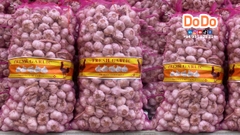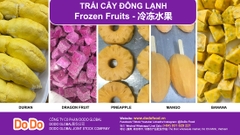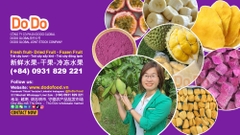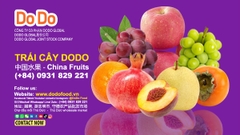
Vietnam Mango Export Industry Overview
Vietnam is a major global producer of mangoes and has been rapidly growing as a significant exporter. While domestic consumption remains high, the export market is a key focus for the agricultural sector due to its potential for higher income.
1. Current Status and Importance
-
Production Powerhouse: Vietnam is one of the top mango producers in the world, typically ranking in the top 10, with an annual output of over 900,000 metric tons. The largest growing areas are in the Mekong Delta (like Dong Thap, An Giang, Tien Giang) and the Southeast region.
-
Key Export Product: Mango is one of Vietnam's key fruit exports, alongside dragon fruit, longan, lychee, and pomelo. The industry has shifted from informal cross-border trade to formal, high-value exports to demanding markets.
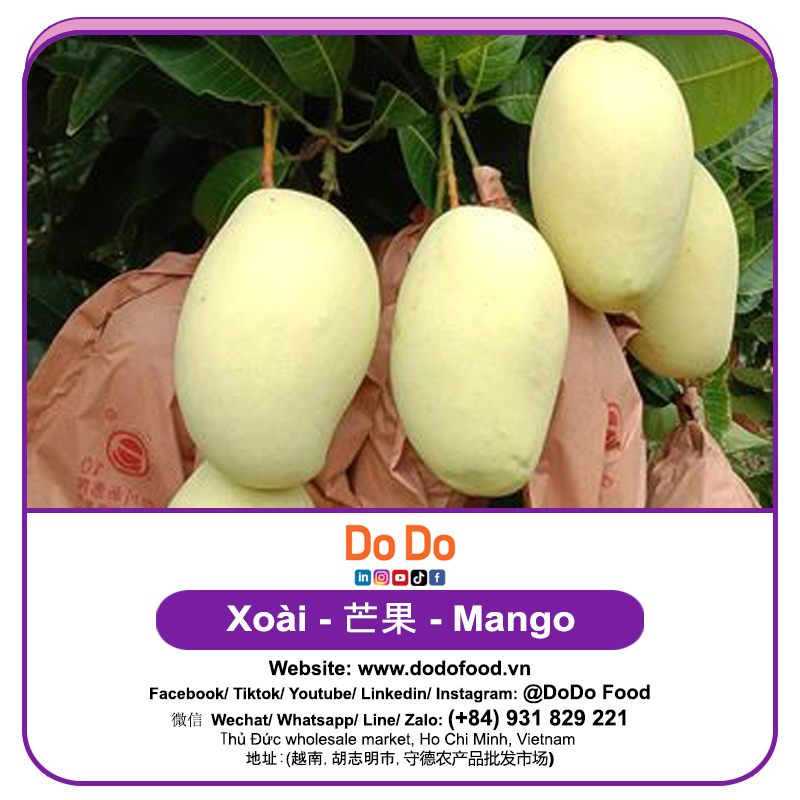
2. Major Export Markets
Vietnam exports mangoes to over 60 countries and territories. The key markets can be categorized by their requirements:
-
High-Value Markets (Require Strict Phytosanitary Protocols):
-
United States: A premium market. Exports began after Vietnam successfully negotiated a irradiation treatment protocol. This market pays very high prices.
-
South Korea: Another high-value market. Exports require strict quarantine procedures (Vapor Heat Treatment - VHT) to eliminate pests.
-
Australia, New Zealand, Japan: These are newer and growing markets with very strict biosecurity requirements. Gaining access to these markets is a sign of the high quality and safety of Vietnamese mangoes.
-
-
Traditional and Large-Volume Markets:
-
China: By far the largest market by volume, primarily through both official border trade and informal channels. However, the trend is shifting towards more official exports to ensure better prices and stability.
-
ASEAN Neighbors: Countries like Thailand, Malaysia, and Singapore are significant importers.
-
Other Markets: Includes the EU, Middle East (UAE, Saudi Arabia), Russia, and Canada.
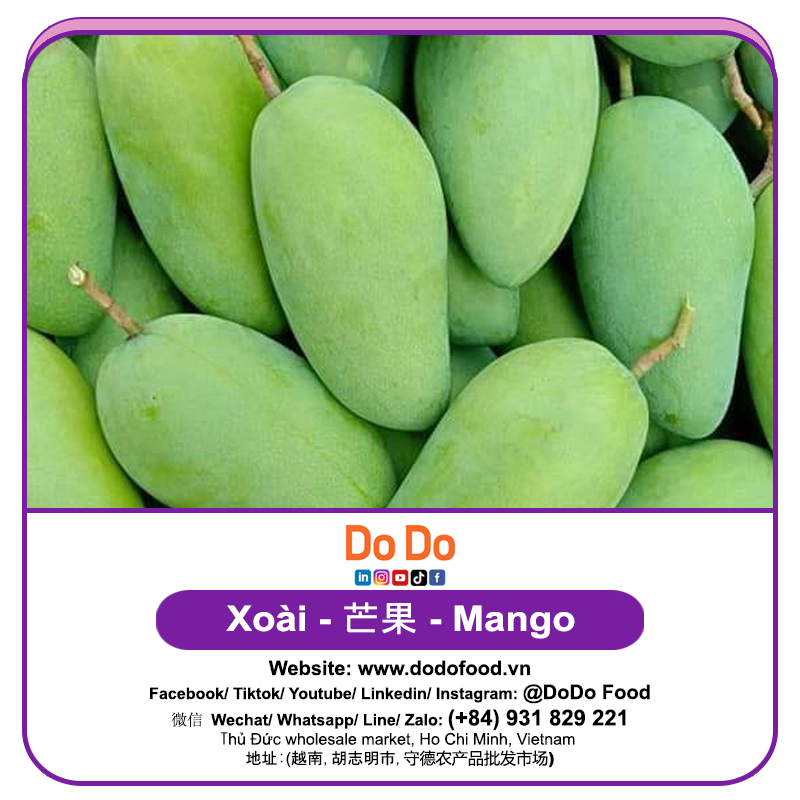
-
3. Popular Mango Varieties for Export
Vietnam grows several varieties, but the ones most favored for export are:
-
Cat Chu (Hoa Loc/Green Skin Mango): The most famous Vietnamese variety. It is green-skinned even when ripe, with fragrant, sweet, and firm flesh. Highly prized in the US and other premium markets.
-
Cat Hoa Loc: A specific high-quality subtype of Cat Chu, renowned for its exceptional taste.
-
Yellow Mangoes (Xoai Cai, Xoai Tuong): These are larger, yellow-skinned mangoes that are popular in the Chinese and ASEAN markets due to their size and sweet taste.
4. Key Challenges
Despite its success, the industry faces several hurdles:
-
Quality Control & Food Safety: Inconsistent quality and pesticide residue management remain a concern for some producers. Meeting the strict Maximum Residue Limits (MRLs) of markets like the US, EU, and Japan is an ongoing effort.
-
Post-Harvest Losses: Inadequate cold chain infrastructure, packaging, and transportation can lead to significant spoilage before the fruit reaches international customers.
-
Traceability & Certification: While improving, not all growing areas have GlobalG.A.P. or similar certifications that are increasingly demanded by international supermarkets.
-
Fragmented Production: Much of the production comes from small-scale household farms, making it difficult to standardize practices and achieve large, consistent volumes for big contracts.
-
Intense Competition: Vietnam competes with other major mango exporters like India, Mexico, Peru, Thailand, and Pakistan on price, quality, and market access.
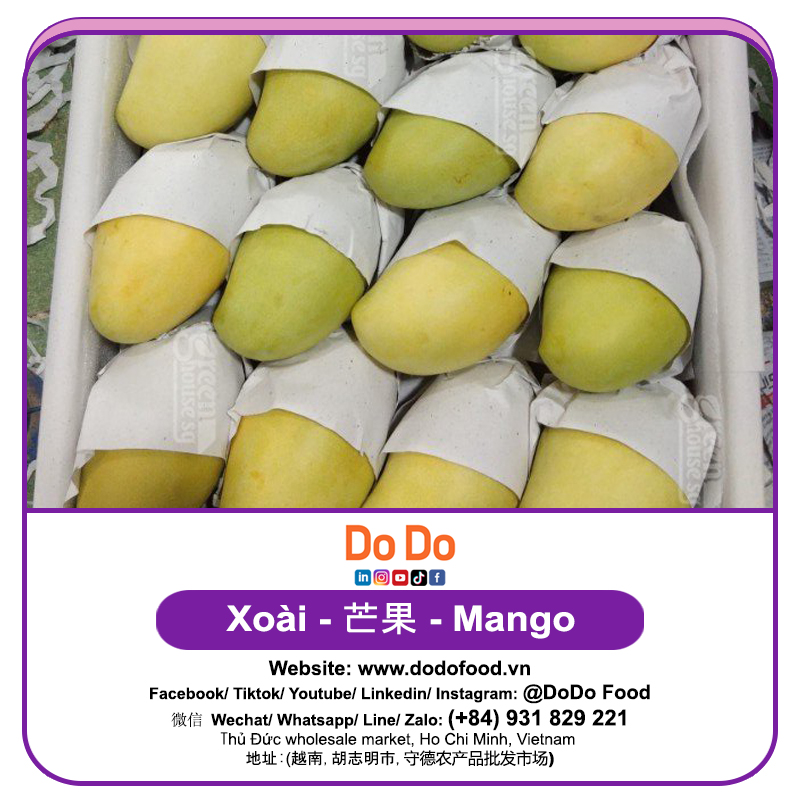
5. Future Prospects and Government Initiatives
The future looks bright, driven by strategic efforts:
-
Focus on Value-Added Products: There is growing investment in processing mangoes into dried mango, mango chips, puree, concentrate, and canned mango to reduce waste and capture more value.
-
Developing Official Export Channels to China: Moving away from informal border trade to official exports through signed protocols ensures better prices, stability, and quality recognition.
-
Investment in Technology: Adoption of advanced post-harvest technologies (like irradiation, VHT), modern packaging, and cold storage facilities is increasing.
-
Building Brand Value: Promoting geographical indications like "Hoa Loc Mango" or "Dong Thap Mango" helps differentiate Vietnamese mangoes in the global market and command premium prices.
-
Government Support: The Ministry of Agriculture and Rural Development (MARD) actively negotiates market access, supports farmers with training, and promotes Vietnamese agricultural products abroad.

Summary Table
| Aspect | Details |
|---|---|
| Annual Production | ~900,000 - 950,000 metric tons |
| Key Growing Regions | Mekong Delta (Dong Thap, An Giang), Southeast Region |
| Main Export Markets | Premium: USA, South Korea, Australia, Japan Volume: China, ASEAN, EU, Middle East |
| Key Varieties | Cat Chu (Hoa Loc), Yellow Mangoes (Xoai Cai) |
| Biggest Challenges | Quality consistency, meeting int'l safety standards, post-harvest losses, fragmented farms |
| Future Direction | Processing, official exports to China, technology adoption, geographical branding |
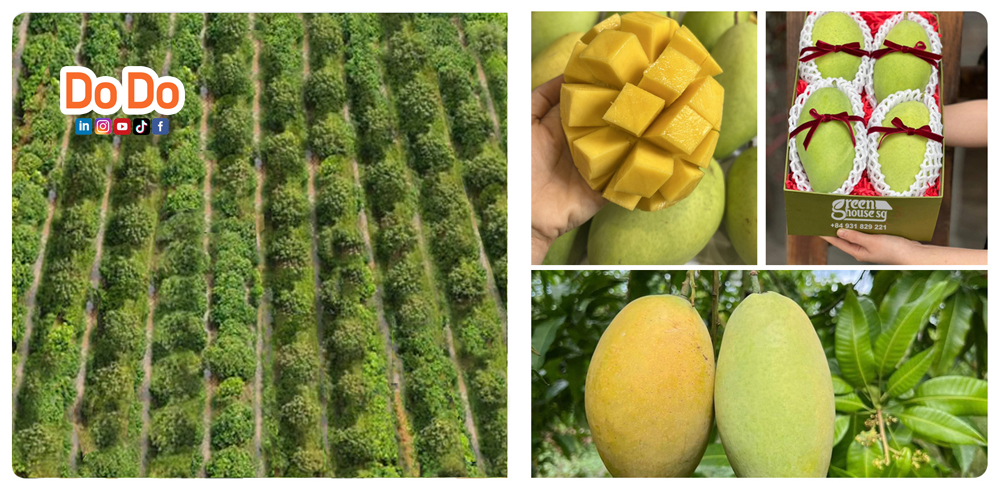
Conclusion:
Vietnam's mango export industry is on a strong upward trajectory. By successfully penetrating the world's most demanding markets, it has proven its capability. The future growth will depend on continued investment in technology, supply chain modernization, and a strategic shift from selling raw volume to exporting high-value, branded products that meet the highest global standards.
...........
DODO Global 股份公司在越南专业做进出口, 批发公司:洋葱,大蒜, 土豆, 胡萝卜, 蔬菜.
DODO在农业市场上拥有强大的影响力,为国内外买家提供高质量的大蒜、洋葱、土豆、生姜、辣椒、胡萝卜、蔬菜和水果,确保价格竞争力强且来源可靠,并出口越南农产品。
我们在网站、Facebook、YouTube、Tiktok、Instagram、LinkedIn 等平台上拥有营销系统,
拥有超过 200 万粉丝。我们在网站, 电子商务 卖产品
- 采购与贸易:与农民和全球供应商合作,提供优质产品
...........
Công ty cổ phần DoDo Global một trong những đơn vị chuyên về xuất nhập khẩu, phân phối và mua bán hành tây, tỏi , rau củ quả tại Việt Nam. Với nhiều năm kinh nghiệm trong lĩnh vực nông sản, đặc biệt là (tỏi và hành tây, gừng, ớt, khoai tây, cà rốt...) DODO đã khẳng định vị thế của mình trên thị trường trong nước và quốc tế.
DODO chia sẻ những sản phẩm tốt nhất, giá cả tốt nhất và phục vụ tốt nhất tới khách hàng.
Hiện tại DODO đã có hơn 2 triệu người theo dõi DODO trên các mạng xã hội như:
Facebook, Youtube, Tiktok, Instagarm, Linhkedin... để tất cả mọi người để tìm kiếm DODO.
...........
DODO Global Joint Stock Company is a reputable company specialising in importing, exporting, wholesale, and distributing vegetables and fruits. With a strong presence
in the agricultural market, DODO supplies high-quality Vegetables(garlic, onions, potatoes, ginger, chilli, carrot...) and fruit for domestic and international buyers,
ensuring competitive prices and reliable sourcing. and export Vietnam Agriculture.is a reputable company specialising in importing, exporting, wholesale, and distributing vegetables and fruits. With a strong presence
in the agricultural market, DODO supplies high-quality Vegetables(garlic, onions, potatoes, ginger, chilli, carrot...) and fruit for domestic and international buyers,
ensuring competitive prices and reliable sourcing. and export Vietnam Agriculture.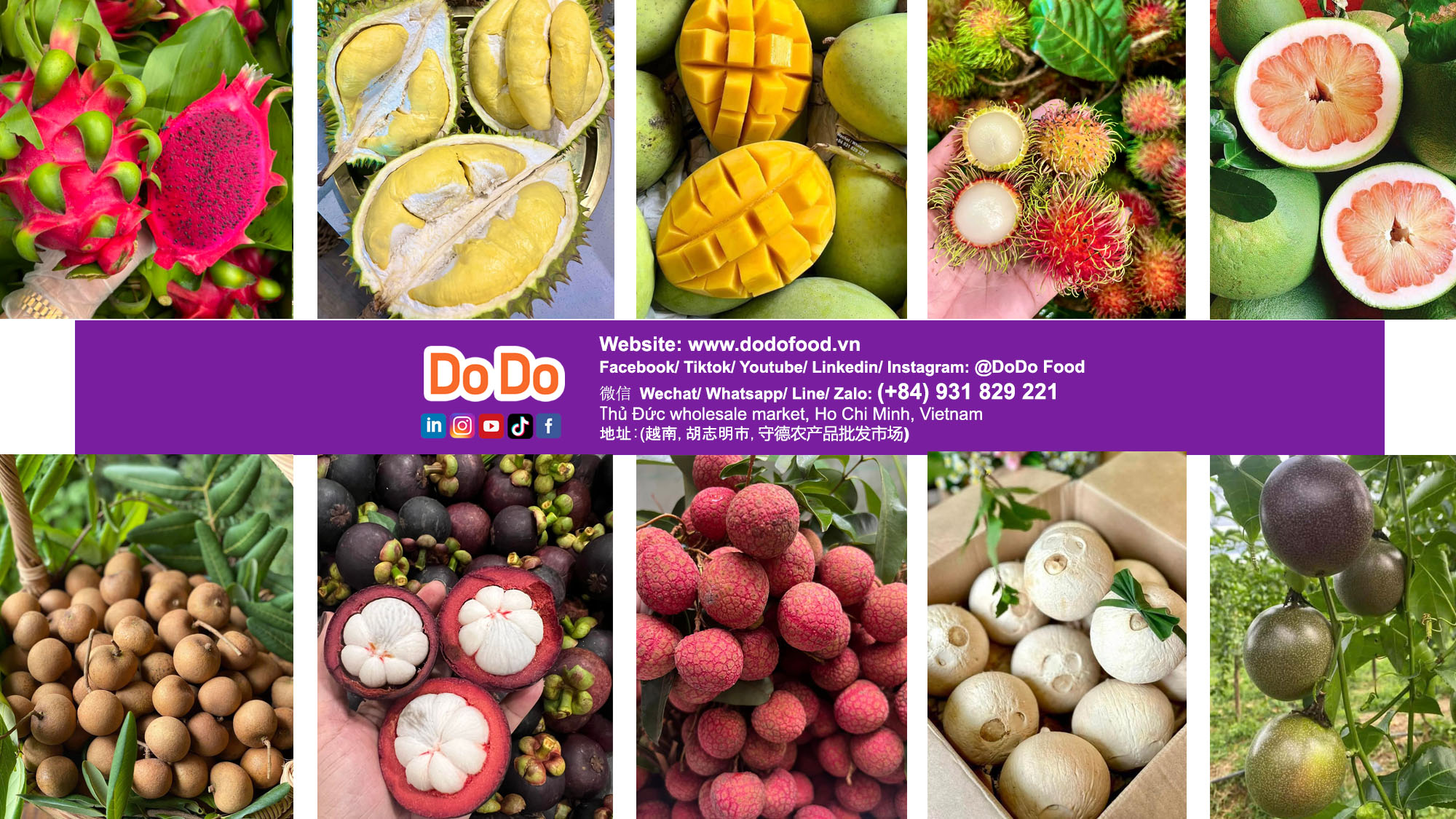
If you want to talk business? Let's connect/联系/ Liên hệ:
Wechat/ Whatsapp/ Line/ Viber/ Kakao talk: +84 0931 829 221
Email: dodofoods.vn@gmail.com
............................
Follow us on/ 关注我们/ Theo dõi chúng tôi:
Website: https: https://dodofood.vn/
Tiktok : https://www.tiktok.com/@dodoglobalfood
https://www.tiktok.com/@greenhousesg
YouTube: https://www.youtube.com/@DodoGlobal
Instagram: https://www.instagram.com/dodoglobalfood
https://www.instagram.com/greenfarmforum
Facebook: https://www.facebook.com/DoDoGlobalFood/
LinkedIn: https://www.linkedin.com/company/dodo-food/
https://www.linkedin.com/company/green-farm-forum/
